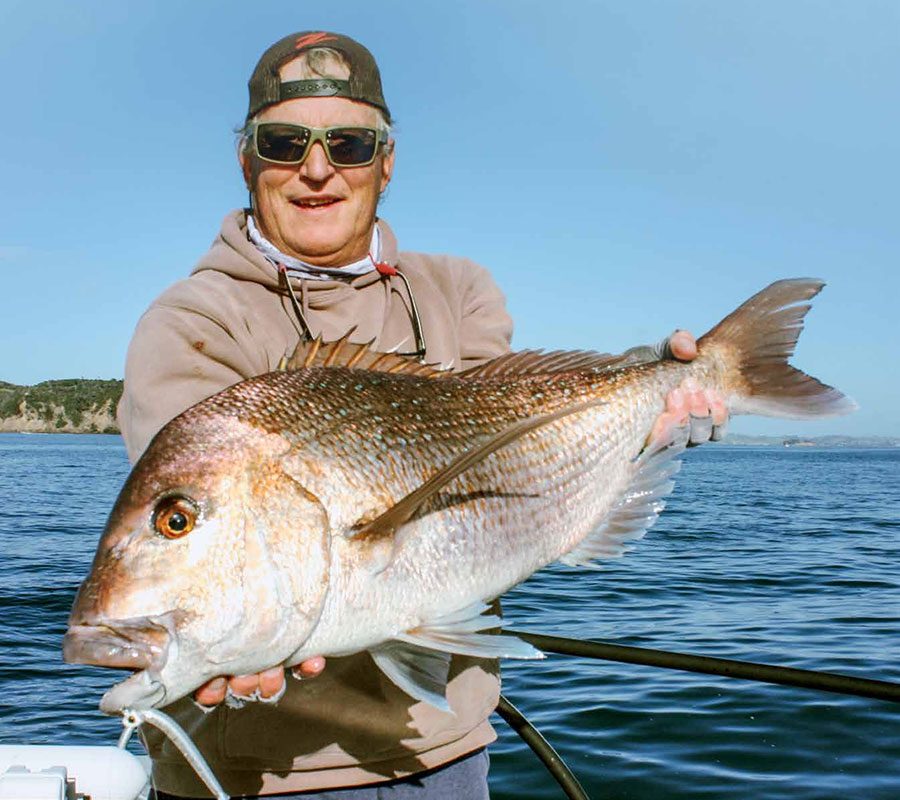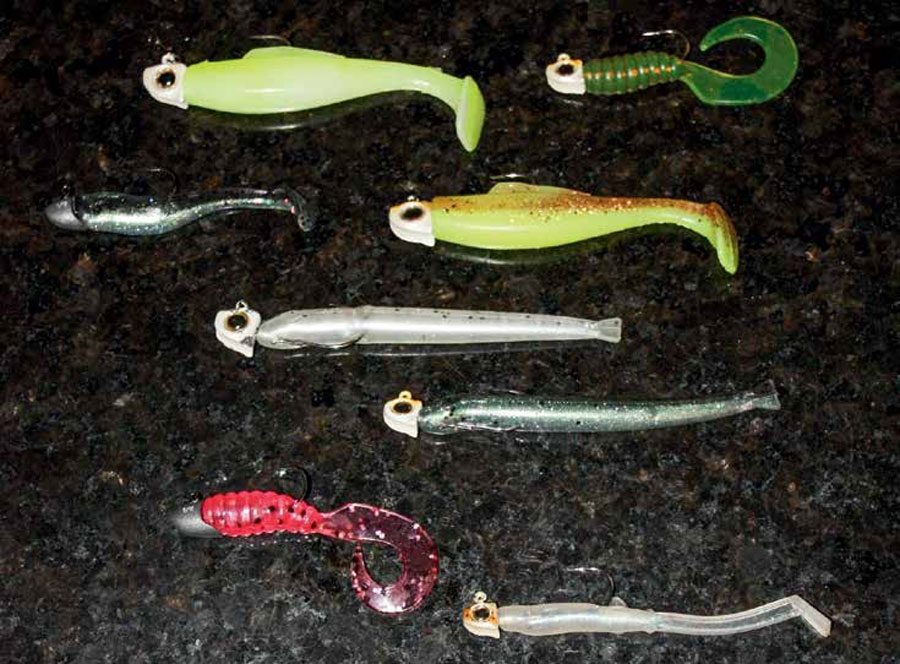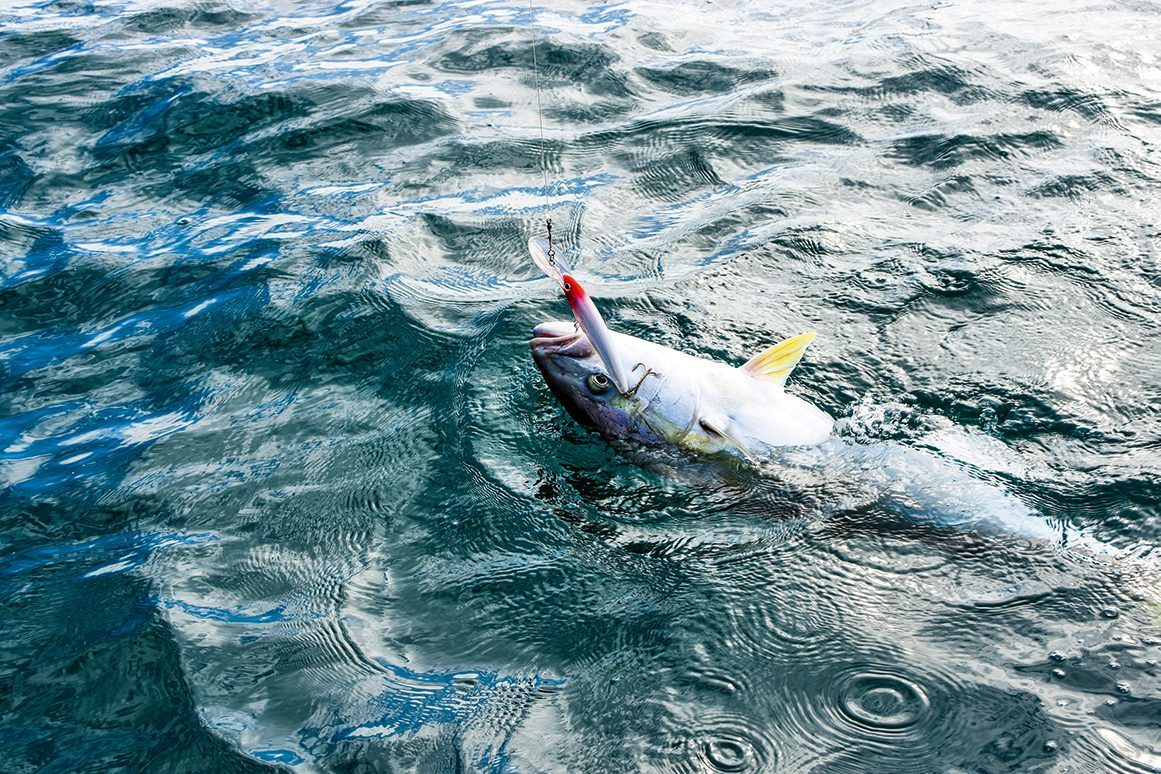

Late summer is a great time for kingfish, a species that seems to be making a comeback in my local waters. Kingfish are also being caught much farther south than was the case 20 years ago, making this wonderful sport fish available to more New Zealanders than before.
While it’s not uncommon to hook the odd kingfish by accident while fishing for other species, I’ve always maintained that catching them consistently demands commitment: you have to tailor your fishing plan, fishing tackle and fishing location around kingfish, usually to the exclusion of other species.
Most fishers aren’t prepared to make that commitment, because, let’s face it, there’s usually a fair bit of effort involved: boat trips to offshore islands and reefs, cross-country road trips and marathon walks to remote rocky coasts with long hours spent searching for fish and waiting for bites.
Kingfish are usually taken on live bait or lures rather than dead or cut bait, but fishing live bait involves a lot of preparation and specialised equipment, as well as time to catch the bait, while lure fishing needs to be well targeted to be successful.
Even the techniques used to catch kingfish can be demanding physically: mechanical jigging in deep water is hard work, as is repeatedly casting large top water lures on heavy tackle, while fishing from the rocks usually requires stamina, strength and agility.
And that’s before you hook a fish: kingfish are among the toughest fighters with fins, asking questions of the fittest of anglers, especially when hooked on heavy tackle. Any kingfish is a blast to catch, but the power a big one exhibits on the line is truly awe-inspiring.
So, kingfish are never easy. But they are easier to catch using some methods than they are using others. Lately we’ve been enjoying regular success targeting schooling kingfish associated with the usual summer-autumn anchovy run in the Hauraki Gulf.
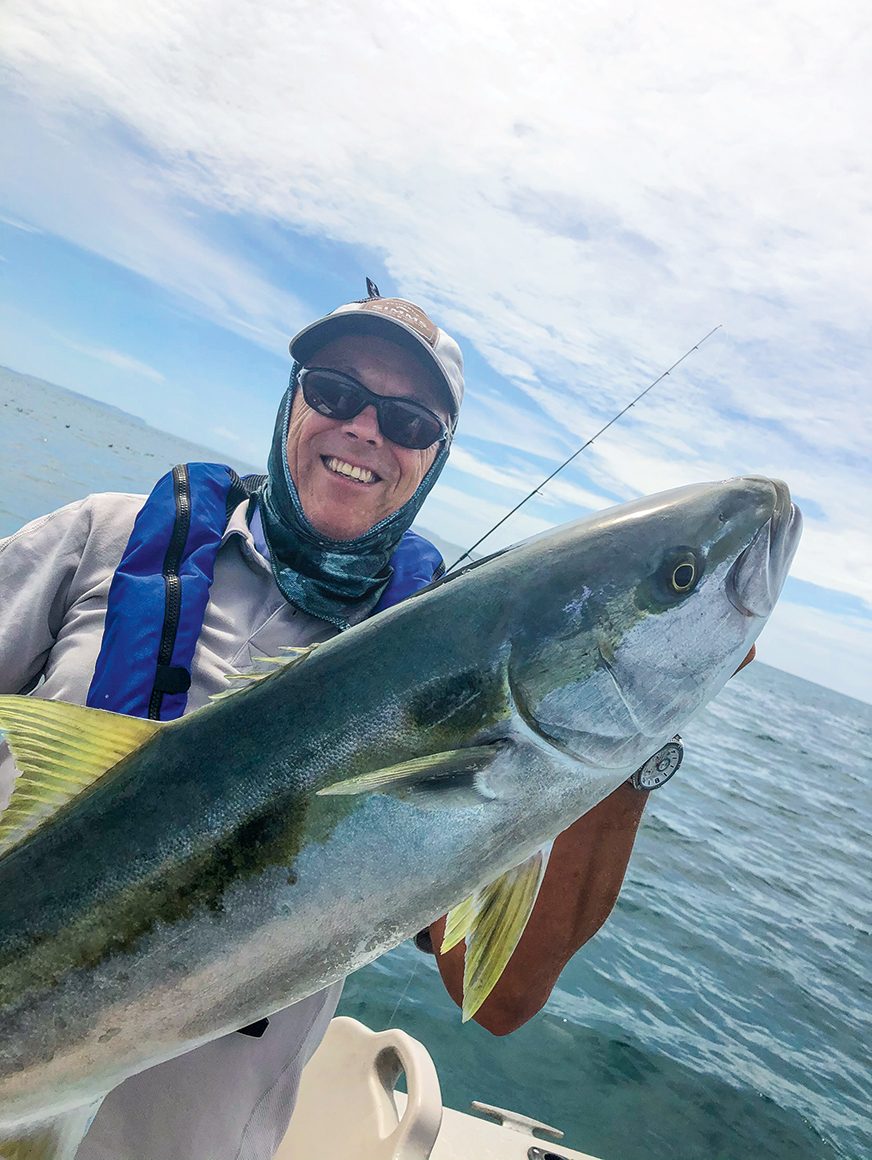
We’re fishing close to home, only minutes from Takapuna, using birds to pinpoint anchovy workups. Flitting, diving terns identify the active fronts where predators are feeding, but it’s the fluttering shearwaters that reveal where the main body of bait is located. Even the gulls get in on the act when predatory fish push hapless anchovies to the surface.
Most of the visible surface activity is caused by kahawai, but it is seldom the only species associated with anchovies. Snapper also get in on the act, as do jack mackerel, trevally, skipjack, john dory and others. One large bay we regularly fish holds lots of bait, often split into many schools of varying size. Some of the bait balls are massive, while others are quite small, but they all attract the attention of predators, which trap the bait in this area, pushing it up against the shoreline in flurries of feeding activity.
While fishing soft baits for snapper among isolated workups spread over a wide area, we noticed a few larger splashes. At one point we clearly saw a yellow tail break the surface. A few exploratory casts with a stick bait confirmed there were indeed kingfish about, but we didn’t get a hookup, and subsequent casts didn’t raise any more fish.
With such a big area of bait activity, we decided to go looking, trolling a couple of stick baits behind the boat to cover some water. One lure was an 85cm floating stick bait and the other was a smaller 65cm sinking bait. By keeping the speed to perhaps three knots, we could work both lures using stabs of the rods while we worked our way around the bay.
We’ve tried this sort of thing before, trolling a Rapala or two, or sometimes a Rapala and a surface lure. The Rapala usually got bit first, at which point the surface lure would often also get hit.
If we were fishing two sub-surface lures, casting a topwater as soon as one of the other lures went off regularly resulted in strikes, sometimes more than one. It was a good way to locate hungry kingfish and then target them without all the repetitive casting of topwater fishing.
We hadn’t trolled for long before there was a swirl under the stick bait on the surface, followed shortly afterwards by a solid hook-up on the sub-surface stick bait, resulting in a modest 700cm fish, which was subsequently released. Encouraged, we set up again and soon hooked another fish on the topwater, which was much larger, but skinny. It probably weighed 15kg but should have been 18kg.
A third fish fell to the same technique a bit later in the morning and we also had bites from two more that failed to hook up before the action died away as the tide slowed.
This was lazy fishing, but effective, and I was able to repeat it a couple of weeks later, even though there was far less visible evidence of kingfish and fewer workups this time. The smaller stick bait was subjected to repeated attacks by kahawai, which were bigger than they had been during the previous session, but the larger surface-running stick bait eventually snagged a nice 90cm kingfish.
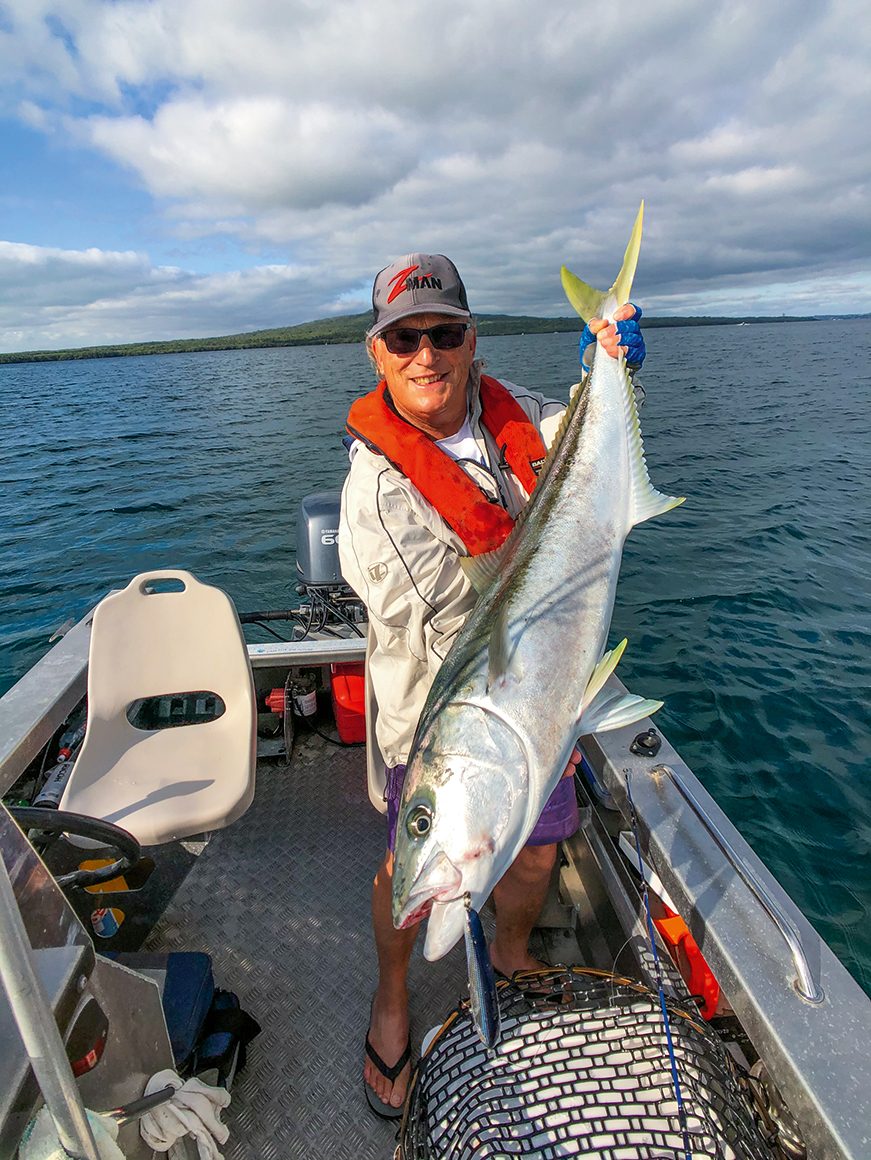
Fishing this way had allowed me to introduce a visiting friend from Germany to catching kingfish without having to master the finer skills jigging or casting topwater baits involve.
The fishing we enjoyed took me back many years to when we sometimes trolled homemade poppers around exposed reefs and over known kingfish hotspots. The poppers would often raise and hook kingfish. Anyone not hooked up would then cast lures or baits in the general direction of the strike. This ploy was often successful, since hooking one kingfish seems to fire up the rest of the school, making them easier to catch.
We used to do a similar thing with dead piper, which we trolled nose-first past marker poles and over reefs and pinnacles. It was less strenuous than casting and the piper stayed intact for longer. Trolling Rapalas was also effective, but less exciting visually.
Trolling for kingfish has fallen out of favour somewhat, but the lazy king-fishing method we have been enjoying recently combines trolling with casting, so you can feel virtuous about any bonus fish you hook on a cast surface lure. How you feel about fish hooked on trolled lures is up to you, but they fight just as hard and the strike, on surface baits at least, is just as spectacular.
In my local waters it’s probably not a year-round technique, but it should prove effective and entertaining for as long as the anchovy (and pilchard) schools hang around, which might be as late as May.



